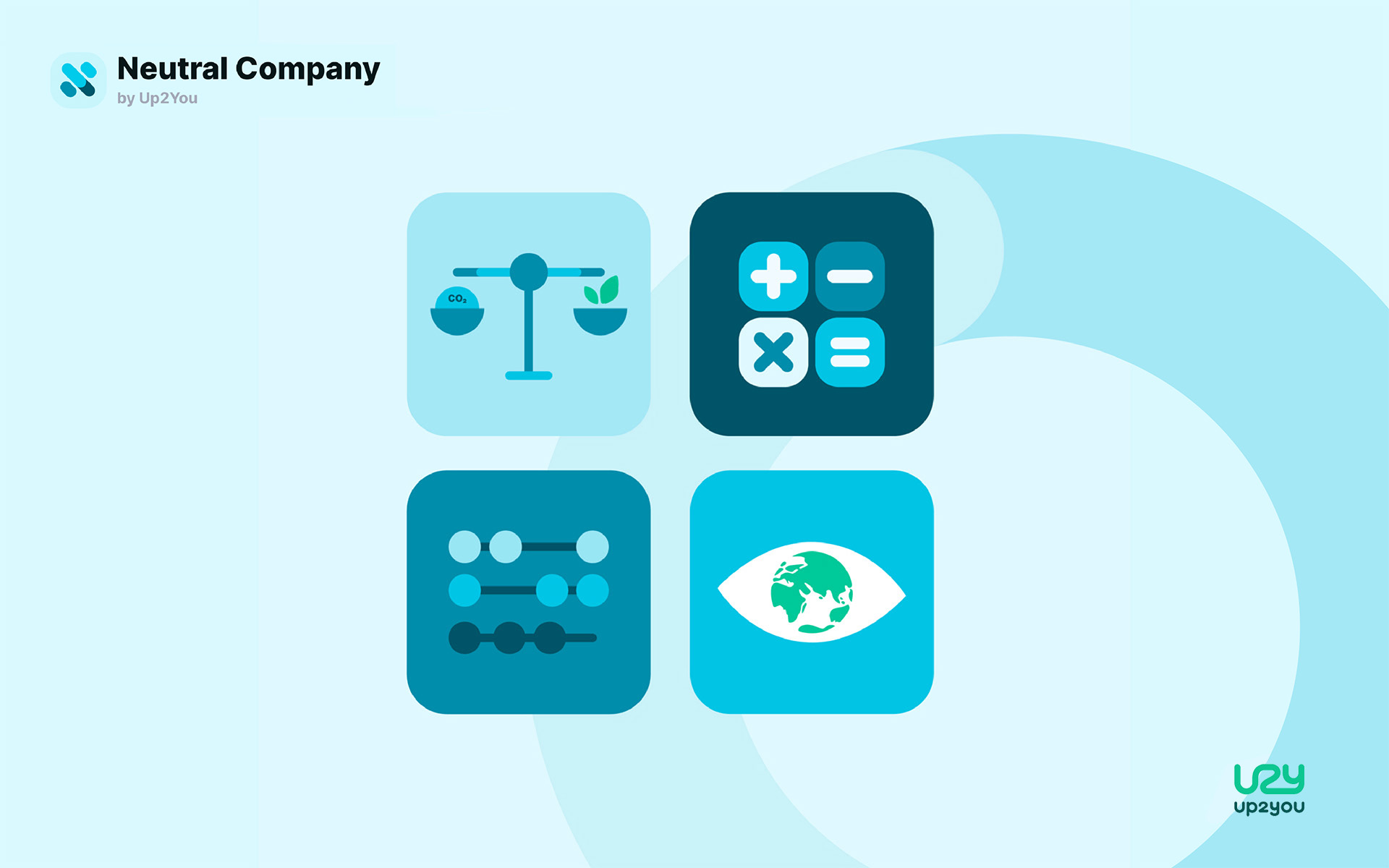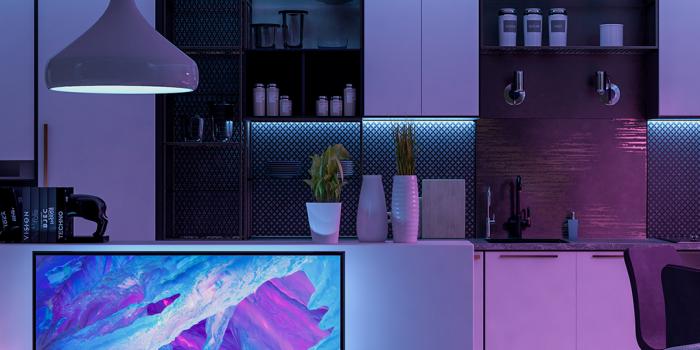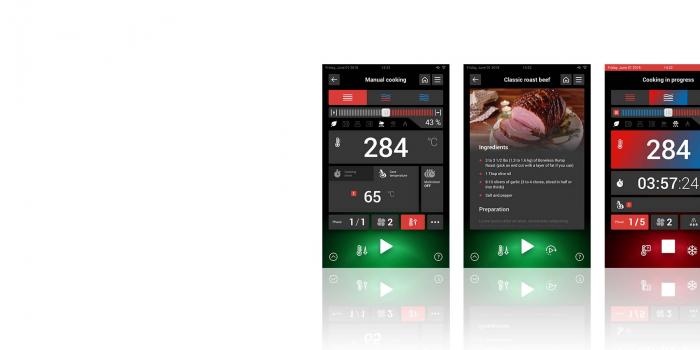“Nature is a key ally: wherever you restore the wild, it will recapture carbon and help bring back balance to our planet”.
Sir David Attenborough, speaking at COP26 in Glasgow on November 1st, 2021
Carbon neutrality is a hot topic, possibly as hot as the climate despite the numerous pledges by governments and large corporations to limit the rise of global temperatures. It is high time that we all join-in in the effort to reduce and bring to zero greenhouse emissions, principally CO2. This is what Carbon Neutrality is about.
Studio Volpi, partnering with startup company Up2You, is offering to bring to “net-zero” all carbon emissions linked to their clients’ projects.
Up2You was born in Milan in January 2020 as an innovative startup helping companies reduce their carbon footprint.

Even if great efforts are put in reducing them, some emissions are impossible to eliminate, the so-called ”unavoidable emissions”. These need to be dealt with by making sure they are balanced out in some way.
Among the unavoidable emissions taken into account into the calculations, we find those generated by land or air travel, of course, but also unsuspicious everyday activities we take for granted, like using computers, organising a conference call, or even simply sending an email. It’s been calculated that, by 2040, 14% of all greenhouse gases emissions will be due to our digital activities.
|
Annual use of a pc |
230kg of CO2 |
|
Sending an email |
19g of CO2 |
|
1-hour conference call |
150 to 1.000g of CO2 |
|
Air travel, per passenger |
300g of CO2/km |
|
Car travel |
40g of CO2/km |
But that, of course, is only the tip of the iceberg, and there are innumerable other variables that need to be taken into consideration. To help with the calculations, CO2 emissions are generally classified into three categories, called “scopes”:
Scope 1
Emissions are the ones directly produced by an organisation.
Scope 2
Emissions are indirect and generally derive from the consumption of electricity or gas, or produced by heating/cooling.
Scope 3
Emissions, the most difficult to control, are indirect emissions produced outside of the organisation, by clients or end users, or by suppliers.
Typically, Scope 1 and Scope 2 emissions only are considered in a company’s carbon-neutral strategy, but some organisations go all the way and cover the entire spectrum.

Eating away CO2 surplus
Once the impact of a company’s activities, or of a single project, in terms of the quantity of CO2 produced, has been established, it can be balanced out by the acquisition of a corresponding number of “carbon credits”. Every carbon credit corresponds to 1 ton of CO2. So, if the quantity of emissions is 2 tons of CO2 per month, it can be offset by the purchase of 2 carbon credits every month.
Up2You is one of the only 4 companies in Italy certified to supply VCS (Verified Carbon Standard) carbon credits. Funds obtained through the sale of carbon credits are used to support existing, UN-approved carbon-offset projects. These can be nature-based, like forest preservation projects, or technology-based, like the development and the use of technologies to either capture CO2 or avoid CO2 emissions.
“If we fail to cope with this challenge, all the other problems will pale into insignificance.”
H.M. Queen Elizabeth II, quoting her late husband the Duke of Edinburgh, in her welcome address to Cop26 delegates in Glasgow

Net-zero emissions is an objective that is within our reach, if we systematically include carbon-neutrality as a pre-requisite for any new endeavour, also working on our current processes and work habits. And certainly no one will take offence if, along the way, we lose a few of our umpteen daily conference calls.
-

-

-

Prospettive Mar 30, 2020
KITCHEN 4.0: HOW DIGITALIZATION IS CHANGING THE RULES
Technological updating and the integration of an interconnected soul are turning modern professional kitchens into a perfect example of the 4.0 industry, where the product and its super digital powers become a tool to improve working conditions, enhance productivity, monitor the processes to achieve better results and create new business models






